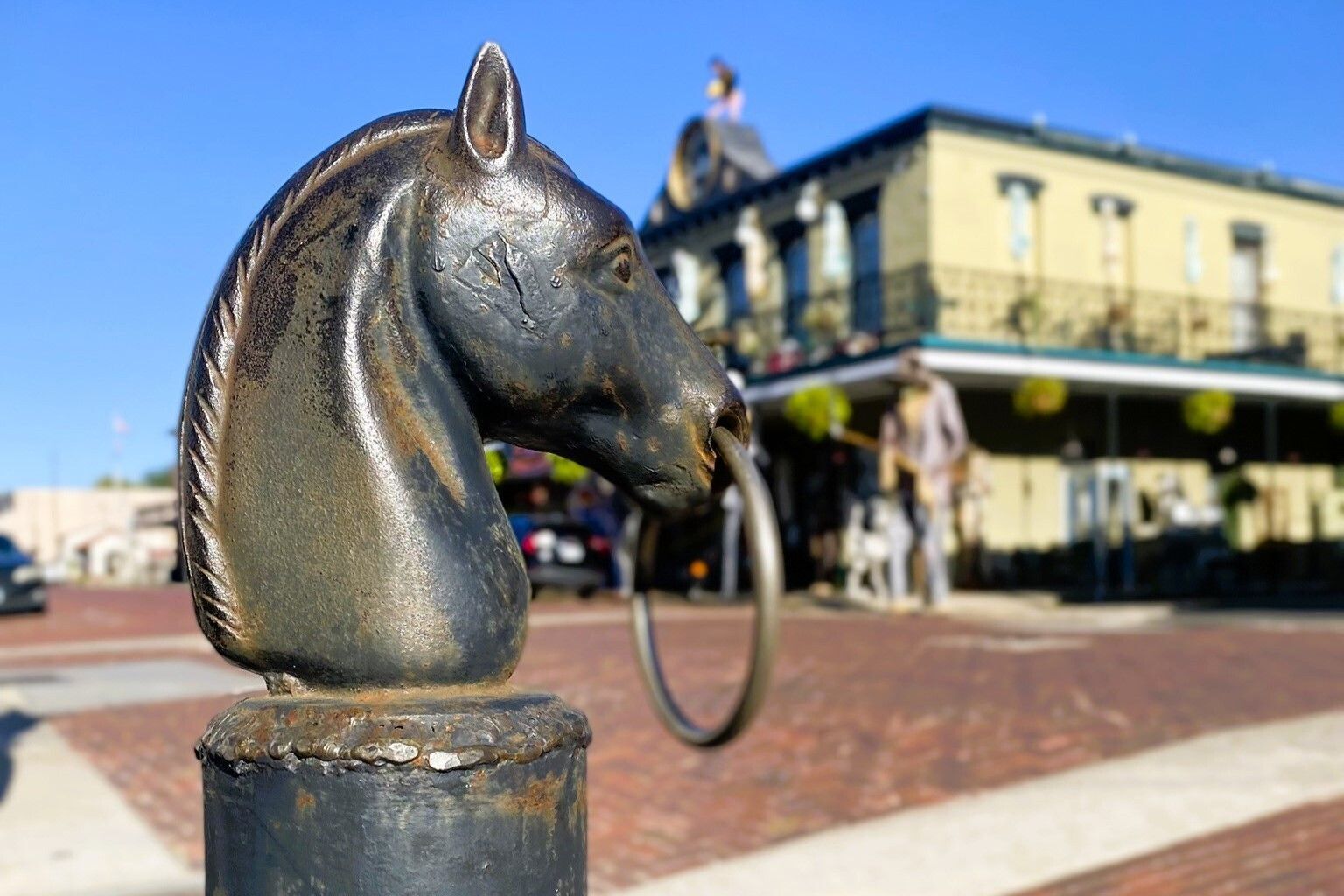Kay Hindes started her career in archeology later than most. “I was a non-traditional student.” she says. “And I was very fortunate.”
Hindes was 27 and a mother of two when she began working toward her B.A. in anthropology at the University of Texas at San Antonio. With her kids off to elementary school, she would drive 150 miles roundtrip from three times a week to earn her degree and a specialty in archaeology.
Hindes started working at archaeological sites while studying at UTSA. She dug deep into the Applewhite Reservoir, a surface water project south of San Antonio near the Medina River. Serving as a project historian sparked what would become a lifelong passion for exploring and archiving history. “I love to find archeological sites,” Hindes said.
In 2003, she began working for the City of San Antonio. As a planner, Hindes was doing the work of archeologists. And by 2008, she had become San Antonio’s official archeologist and one of the few full-time archaeologists employed by a major American city.
Hindes worked for the city for 17 years, becoming one of the state’s most trusted preservationists. She earned the Curtis Tunnell Lifetime Achievement Award in Archaeology from the Texas Historical Commission in 2020. She has been instrumental in key discoveries including the Alamo’s wooden gates (also known as the Herrera Gate), the Mission San Saba site, and previously overlooked portion of the Mission Espiritu Santo in Victoria.
Now, Hindes makes it her mission to help everyone she comes across,especially women and mothers, understand it’s never too late to pivot. “If you’re really committed to it, you can do it ... it’s not always easy,” she said.
Support helps. “I have worked with great people, from project managers all the way down to field crew,” Hindes said. “I’ve just been very lucky.”
Dr. Tom Hester, former director of the Center for Archaeological Research at UTSA, was key in helping Hindes get her degree. Anne Fox, one Texas’ first historical archaeologists, was a teacher and a mentor. Dr. Kathleen Gilmore, a pillar of the Texas preservation community, also was a key mentor. “I owe a lot of debt to Kathleen for any success that I may have had,” Hinds said. “She was so great. She was one of those people who really inspired you.”
Coming up in a male-dominated field in the 1980s, having male and female mentors was especially important to Hinds. “Back in the 80s, there weren’t many women involved in archeology. You might be one of one or one of two women on a project,” she said. “We’ve come a long way. There are a lot of women involved in archeology now.”
Still, pay gaps persist and there men continue to lead archaeological projects more often than women. Still, things have “changed a lot,” Hindes acknowledges.
When she talks to young people at schools, Hindes encourages them to dream big and keep an open mind, letting their passions drive their professional decision-making. “I would say, what do you love, what are you passionate about? Figure that out, then make that your career,” she said. “You may not get rich, but you certainly are going to have a wonderful life with it.”
Hindes hopes her visits will help more young people think about careers in historic preservation, roles that add value to every community. “All counties have a county historical commission. Find out who’s on that commission. Work with them,” she said.
“How can you move forward in your future, if you don’t know your past? That forms the fabric of your community.”

